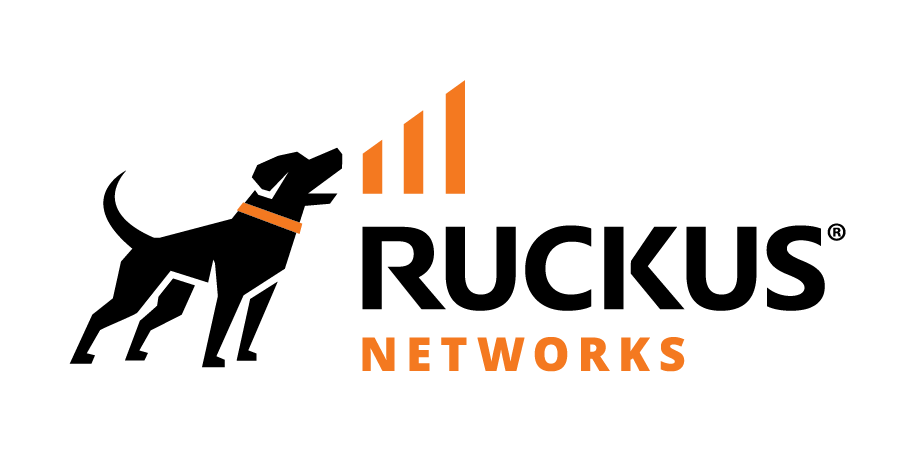- Community
- RUCKUS Technologies
- RUCKUS Lennar Support
- Community Services
- RTF
- RTF Community
- Australia and New Zealand – English
- Brazil – Português
- China – 简体中文
- France – Français
- Germany – Deutsch
- Hong Kong – 繁體中文
- India – English
- Indonesia – bahasa Indonesia
- Italy – Italiano
- Japan – 日本語
- Korea – 한국어
- Latin America – Español (Latinoamérica)
- Middle East & Africa – English
- Netherlands – Nederlands
- Nordics – English
- North America – English
- Poland – polski
- Russia – Русский
- Singapore, Malaysia, and Philippines – English
- Spain – Español
- Taiwan – 繁體中文
- Thailand – ไทย
- Turkey – Türkçe
- United Kingdom – English
- Vietnam – Tiếng Việt
- EOL Products
- RUCKUS Forums
- RUCKUS Technologies
- SZ / vSZ
- (v)SZ High Availability - how does it work?
- Subscribe to RSS Feed
- Mark Topic as New
- Mark Topic as Read
- Float this Topic for Current User
- Bookmark
- Subscribe
- Mute
- Printer Friendly Page
(v)SZ High Availability - how does it work?
- Mark as New
- Bookmark
- Subscribe
- Mute
- Subscribe to RSS Feed
- Permalink
- Report Inappropriate Content
10-03-2023 08:59 AM
Hey,
I've been trying to find out how (v)SZ High Availability works exactly, but I haven't really found a lot of insight...
As far as I understand, there is "Cluster redundancy", which is meant for large scale deployment where clusters of (v)SZ are deployed in different datacenters.
But how does intra-cluster high availability work?
It seems like "Clustering" is more like "Sharding", i.e. you have a centralised interface, but state is not really replicated across the cluster members?
Also for rebalancing, the manual states that "Devices associated with an AP that uses the Ruckus-GRE tunnel may temporarily lose network connection for a short period of time (typically, around five minutes) during the AP rebalancing process." - Which isn't really high availability.
Any insight would be great!
- Mark as New
- Bookmark
- Subscribe
- Mute
- Subscribe to RSS Feed
- Permalink
- Report Inappropriate Content
11-03-2023 10:14 AM
I am not looking for cluster redundancy.
I am interested in single cluster and what happens if one cluster member fails.
- Mark as New
- Bookmark
- Subscribe
- Mute
- Subscribe to RSS Feed
- Permalink
- Report Inappropriate Content
11-03-2023 10:30 AM
Hi @GreensTheorem
In a Single Cluster with 2 nodes (example), both are managing the APs in Active-Active setup manner.
One will be the Leader role and other will be Follower. Both will have same config synced.
If one node fails, APs will fall back to the other node (Since it will have both controller address) as failover.
Is there any specific information which you are looking for in a Single cluster with multiple nodes?
Let me know so that I can provide information accordingly.
- Mark as New
- Bookmark
- Subscribe
- Mute
- Subscribe to RSS Feed
- Permalink
- Report Inappropriate Content
11-03-2023 10:43 AM
Thank you.
Will there be any noticeable interruption in services during failover, e.g. for RADIUS authentication or tunneled traffic?
If the failed node is brought, will the APs automatically be redistributed to both nodes or is it required to manually start the redistribution process?
-
9210
1 -
AD
1 -
AP Controller Connectivity
2 -
AP Management
5 -
AP reporting
1 -
API Help
1 -
Client Management
4 -
er
1 -
Google
1 -
Guest Access
3 -
ICX Switch Management
1 -
IP Multicast
1 -
Proposed Solution
3 -
RADIUS
2 -
RUCKUS Self-Help
8 -
SmartZone
4 -
SmartZone or vSZ
6 -
Social Media
1 -
Solution Proposed
3 -
string
1 -
SZ ICX Connectivity
1 -
Traffic Management-
1 -
User Management
2 -
vSZ
2 -
Wifi
1 -
WLAN Management
2
- « Previous
- Next »

